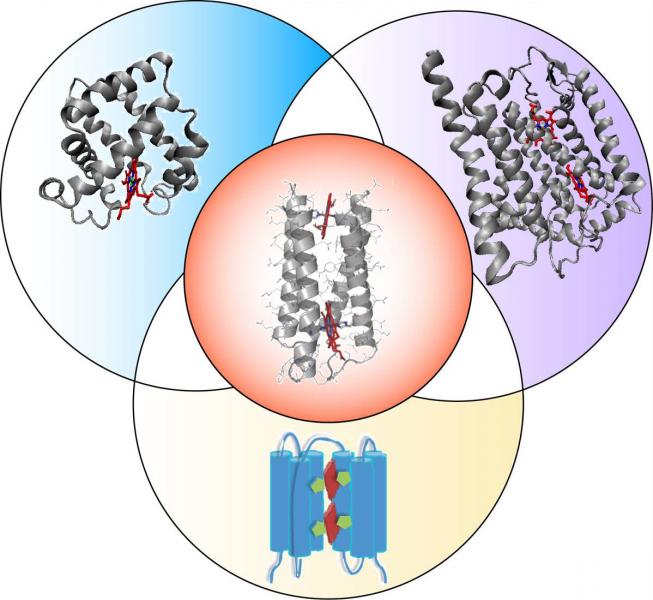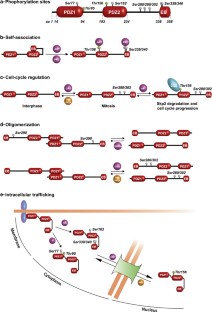

Nat Biotechnol 22:575–582Ĭhen W, Zhu Z, Feng Y, Xiao X, Dimitrov DS (2008) Construction of a large phage-displayed human antibody domain library with a scaffold based on a newly identified highly soluble, stable heavy chain variable domain. J Nucl Med 47(suppl):108Pīinz HK, Amstutz P, Kohl A, Stumpp MT, Briand C, Forrer P, Grutter MG, Plückthun A (2004) High-affinity binders selected from designed ankyrin repeat protein libraries. ChemBioChem 10:2663–2670īaum RP, Orlova A, Tolmachev V, Feldwisch J (2006) Receptor PET/CT and SPECT using an Affibody molecule for targeting and molecular imaging of HER2-positive cancer in animal xenografts and human breast cancer patients. FEBS Lett 414:521–526Īustin J, Wang W, Puttamadappa S, Shekhtman A, Camarero JA (2009) Biosynthesis and biological screening of a genetically encoded library based on the cyclotide MCoTI-I. J Biol Chem 280:24715–24722Īrbabi Ghahroudi M, Desmyter A, Wyns L, Hamers R, Muyldermans S (1997) Selection and identification of single domain antibody fragments from camel heavy-chain antibodies. J Nucl Med 50:781–789Īmstutz P, Binz HK, Parizek P, Stumpp MT, Kohl A, Grutter MG, Forrer P, Plückthun A (2005) Intracellular kinase inhibitors selected from combinatorial libraries of designed ankyrin repeat proteins. Bioconjug Chem 19:235–243Īhlgren S, Wållberg H, Tran TA, Widström C, Hjertman M, Abrahmsén L, Berndorff D, Dinkelborg LM, Cyr JE, Feldwisch J, Orlova A, Tolmachev V (2009) Targeting of HER2-expressing tumors with a site-specifically 99mTc-labeled recombinant affibody molecule, Z HER2:2395, with C-terminally engineered cysteine. The success of those molecular probes demonstrates the adequacy of protein scaffold strategy as a general approach in molecular probe development.Īhlgren S, Orlova A, Rosik D, Sandström M, Sjöberg A, Baastrup B, Widmark O, Fant G, Feldwisch J, Tolmachev V (2008) Evaluation of maleimide derivative of DOTA for site-specific labeling of recombinant affibody molecules. High tumor contrast imaging has been obtained within 1 h after injection. Quantitative data obtained from positron emission tomography, single photon emission computed tomography/CT, and optical imaging together with biodistribution studies have shown high tumor uptakes and high tumor-to-blood ratios for these probes. Among the evaluated probes Affibody molecules and analogs, cystine knot peptides, and nanobodies have shown especially good characteristics as protein scaffold platforms for development of in vivo molecular probes. For the purpose of development of new generation molecular probes, various protein scaffold molecules have been labeled with imaging moieties and evaluated both in vitro and in vivo.


They belong to the peptide and small protein platform with distinct properties. These data demonstrate the potential of OBodies as a new scaffold for the engineering of specific binding reagents and provide a platform for further development of future OBody-based applications.Protein scaffold molecules are powerful reagents for targeting various cell signal receptors, enzymes, cytokines and other cancer-related molecules. They can be expressed in soluble form and also purified from bacteria at high yields. The engineered OBodies retain the high thermal stability of the parental OB-fold despite mutation of up to 22% of their residues. These structures have given us an unprecedented insight into the directed evolution of affinity for a single antigen on the molecular scale. At each maturation step a crystal structure of the engineered OBody in complex with hen egg-white lysozyme was determined, showing binding elements in atomic detail. Starting from a naïve combinatorial library, we engineered an OBody with 3 nM affinity for hen egg-white lysozyme, by optimising the affinity of a naïve OBody 11,700-fold over several affinity maturation steps, using phage display. For this single-domain scaffold we have coined the term OBody. We present here the engineering of the OB-fold anticodon recognition domain from aspartyl tRNA synthetase taken from the thermophile Pyrobaculum aerophilum. We have exploited this natural plasticity to engineer a new class of non-immunoglobulin alternatives to antibodies with unique structural and biophysical characteristics. The OB-fold is a small, versatile single-domain protein binding module that occurs in all forms of life, where it binds protein, carbohydrate, nucleic acid and small-molecule ligands.


 0 kommentar(er)
0 kommentar(er)
